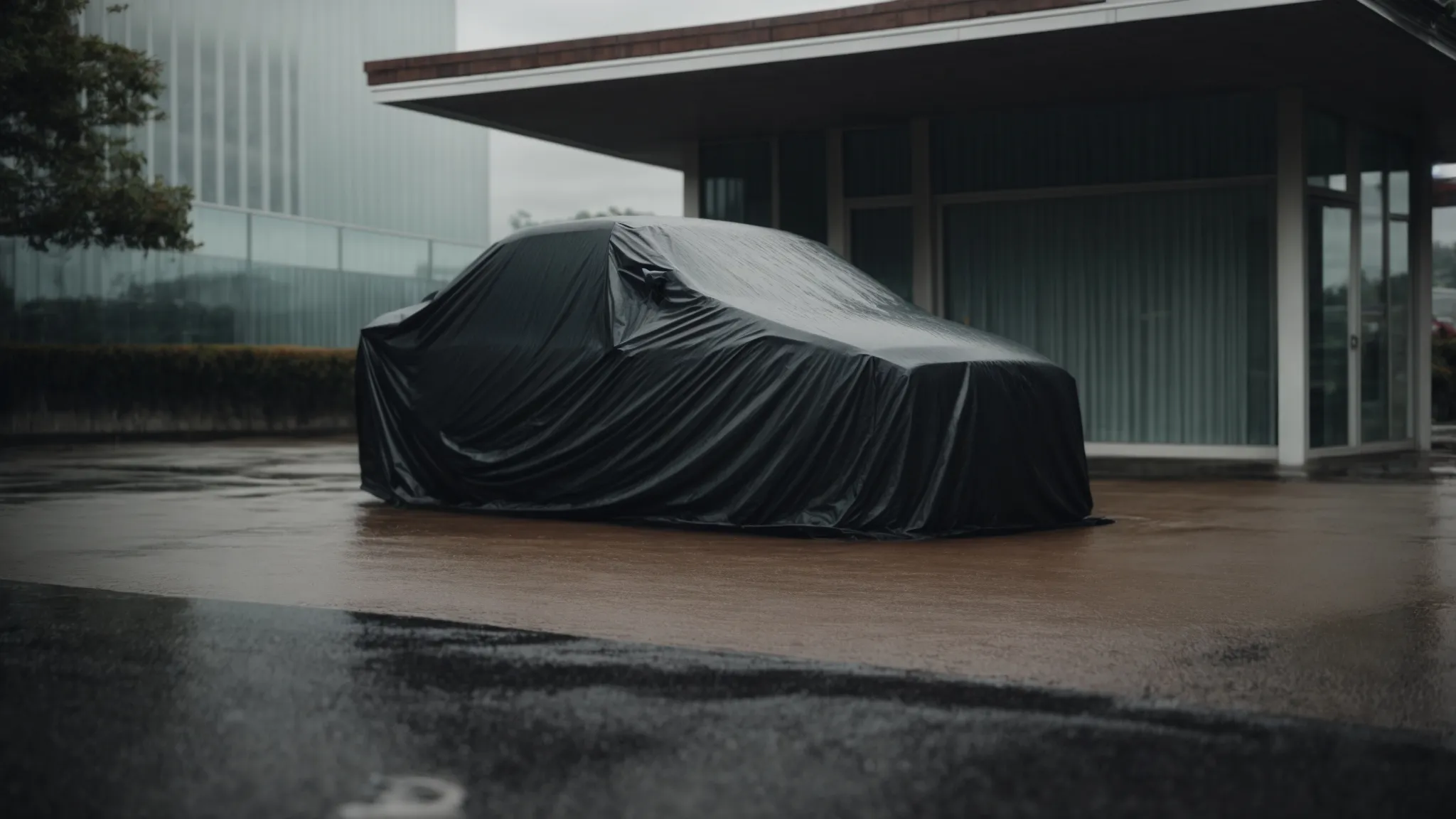Finding the right car cover for your vehicle is crucial for its protection and preservation. Car covers serve as the first line of defense against a variety of damaging factors such as UV rays, bird droppings, dust, and weather extremes. With the market offering numerous options, it’s easy to get overwhelmed by the variety of choices. To simplify the process, this article provides a comprehensive guide on selecting the ideal cover tailored to your vehicle’s needs. Below, we’ll dive deep into the essentials of car cover selection and care.
Understanding the Different Types of Car Covers and Their Purposes
Car covers come in a wide range of materials and designs tailored for specific conditions. Outdoor covers are robust, often layered to protect against rain, snow, and sunlight, while indoor covers are lighter, shielding against dust and minor scratches. Specialized options like hail-resistant covers and show-quality covers cater to unique needs, ensuring maximum protection and aesthetic preservation.
Choosing the right car cover is essential for maintaining your vehicle’s condition and value. While universal covers are cost-effective, they may not fit snugly or provide optimal protection. In contrast, specialty covers for specific car models offer a better fit and enhanced durability. For the best results, shop for Car Covers that match your vehicle’s specifications and your personal preferences.
Evaluating Your Car Cover Needs Based on Climate and Environment
Geographical location significantly influences the type of car cover you should buy. Waterproof or water-resistant covers are essential in areas with high precipitation, while UV protection protects paint and interiors. Breathability is crucial as non-breathable covers can trap moisture, causing mold or mildew.
Heavyweight covers are essential for faces like tree sap, bird droppings, and industrial pollutants. Softer linings prevent scratches on the finish. Maintenance is also important, with some covers machine washable and others requiring specific care methods. Investing in a quality car cover is not just a cosmetic decision; it’s about safeguarding your investment and preventing future repairs and maintenance issues.
Measuring Your Vehicle for the Perfect Fit Car Cover
A well-fitting car cover is crucial for protecting your vehicle from potential harm. Accurate measurements of your car’s length, width, and height are essential for selecting the right cover. Custom-fitted covers are preferred for specific design features like spoilers, mirrors, or roof racks. They are tailored to the exact shape and specifications of your model, ensuring snug coverage and protection. The ease of installation and removal is also crucial.
Elastic hems, tie-down grommets, and included straps contribute to a secure fit, preventing the cover from being blown away by strong winds or tampered with by passersby. Investing in a cover that adheres to your vehicle’s dimensions ensures comprehensive and functional protection, ensuring your vehicle’s safety.
Comparing Materials and Features for Maximum Protection
The material of your car cover significantly impacts its protective capabilities. Common materials include polyethylene, polyester, and non-woven composites, each with unique advantages. Polyethylene is waterproof, ideal for wet climates, while polyester prevents scratches and dents. Non-woven composite covers balance water resistance and breathability, offering superior protection against environmental factors. The thickness and weight of the material also impact protection.
Additional features like reflective coatings, fleece linings, reinforced grommets, and security loops can enhance the cover’s effectiveness. Comparing the cost versus benefits of different materials is crucial for making an informed purchase. Premium materials offer long-term savings by preventing costly repairs.
Maintaining Your Car Cover for Longevity and Performance
Proper maintenance is crucial for the longevity of your car cover. Regular cleaning helps prevent dirt and grime from accumulating, preventing scratches or deterioration. Most covers come with manufacturer instructions for cleaning, some are machine washable, while others may require hand washing.
Store the cover loosely when not in use, avoiding wet storage to prevent mildew or mold growth. Regularly inspect the cover for signs of wear or damage, especially if frequently used outdoors. Addressing minor repairs promptly can extend the cover’s life and provide continuous protection. Being proactive about car cover care is a smart investment for any car owner.
Overall, the right car cover serves as an indispensable safeguard for your vehicle against the rigors of the environment. By carefully considering the type of cover, its material features, and ensuring a proper fit, you can greatly enhance your vehicle’s longevity and appearance. Regular maintenance will ensure your car cover offers ongoing protection, ensuring that this simple accessory provides significant benefits for years to come.






